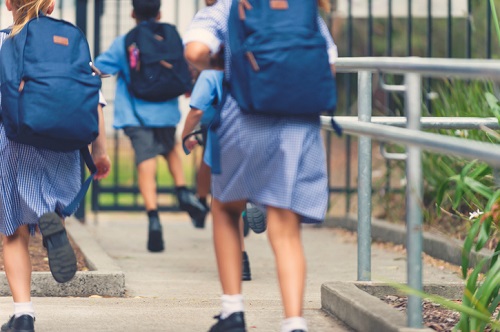
New research by the University of Canberra (UC) has revealed the ongoing inequality faced by students across NSW.
The University’s research, released in December, is the first comprehensive report looking into the access and achievement in the NSW education curriculum.
The study found that there are still potential inequalities in terms of accessing the NSW Higher School Certificate (HSC). A closer look at the hurdles students face found that their socio-economic status (SES), school location, and even their gender continue to have an impact on their participation and performance.
Further, the study noted that traditional gender roles continue to affect how NSW students choose their subjects, despite the push from the governments and education sector to subvert this.
Female students in particular are opting to take more service-oriented subects like community and family studies, textiles, and design while male students choose to take on subjects suc as engineering and software design.
2019 saw a number of efforts and programs to get more students to consider taking up a science, technology, engineering and mathematics (STEM) course should they plan to pursue tertiary education.
Last year also saw the NSW’s government promise 4,600 extra public school teachers, additional funding for building and renovating schools, and even support for another 100 school counsellors or psychologists – as the school can justify they need the extra fund and deliver better outcomes.
But despite moves to boost student outcomes regardless of their backgrounds, the SES of parents continue to weight on their academic choices – and achievements.
SES and subject choice
“It seems we like to think that everyone has equal access to achieving in the NSW HSC, but our research shows that this is not quite the case,” Dr Philip Roberts, an associate professor at UC’s Faculty of Education, said.
“We also found that the NSW curriculum is organised into a hierarchy which operates in two related dimensions: the mean socio-economic status of students studying each subject, and the value that each subject carries towards a student’s ATAR”.
The study also found that more advantaged students – and those who live in cities – take on some subjects that have a larger contribribution to their ATAR, while less advantaged students take on subjects that have less or no contribution at all to their ATAR.
UC’s study mirrors the findings of Deloitte Access Economics report, which showed that poorer students are up to 18 months behind their richer schoolmates. Students living in regions are also behind by an average of eight months.
The study also reflects data from the government how wealthier citizens continue to outpace other members of the society.
In an article published in The Conversation Salvatore Ferraro, a lecturer at the Royal Melbourne Institute of Technology, wrote that the wealth of Australia’s richest households likewise grew faster than others.
Another finding by Ferraro was that among Australia’s wealthiest, inherited wealth “has become less important and being college education has become more important.”
“In Australia we find that a substantially higher share of the richest individuals are tertiary qualified today than they were in 1989, but we are reluctant to draw strong conclusions because the entire society has greater access to tertiary education than it did in 1989”.


